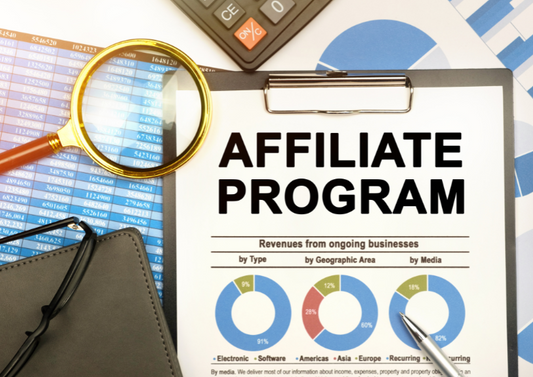You decide to check on your online store. You enter the URL and hit enter. As each second ticks by, your heart sinks as the page sluggishly loads.
It could be those exciting new apps you installed—adding features and enhanced analytics you’re sure your customers will love. Or perhaps it’s your unoptimized images with incorrect formats. Regardless of the cause, a slow-loading website can start to seriously hurt your business over time.
A slow site is like a cluttered, poorly maintained physical store—it creates a bad impression. Your bounce rate climbs with every extra second of load time. In the fiercely competitive world of e-commerce, every advantage counts. Let's dive into the impact of page speed on your bottom line, how to measure your site's speed, and the steps to improve it.

The Business Risks of a Slow-Loading E-commerce Site
When your site loads slowly, it impacts your business in several ways:
- Customer Experience: Users are more likely to abandon a slow site, leading to lost sales and a damaged reputation.
- SEO Ranking: Google considers page speed in its ranking algorithm. A slow site can negatively affect your search engine rankings.
- Conversion Rates: Faster sites lead to higher conversion rates. A delay of even a second can significantly decrease your chances of converting visitors into customers.
Steps to Fix a Slow-Loading E-commerce Store
Here are some practical steps to address common issues that slow down your store. Implementing these will improve your Google Page Speed Score, GTmetrix Score, Core Web Vitals, and overall loading time.

1. Fix Render-Blocking Resources
Render-blocking resources, such as CSS and JavaScript files, can prevent your page from loading quickly. Prioritize critical CSS and defer non-essential JavaScript to load after the main content, reducing the time it takes for your page to become interactive.
2. Optimize Images
Unoptimized images are one of the most common causes of slow-loading websites. Ensure your images are in the correct format, compressed without losing quality, and resized appropriately for your site.
3. Optimize JS/CSS Files
Minify and combine your JavaScript and CSS files to reduce the number of requests and the size of these files. This helps decrease load time and improves overall site performance.
4. Lazy Load Media Files
Lazy loading delays the loading of non-essential media files until they are needed. This can significantly improve the initial loading time of your page, especially for media-heavy sites.
5. Optimize CSS/JS Delivery
Instead of loading all your CSS and JavaScript files at once, consider loading them asynchronously. This ensures that critical resources are loaded first, improving the page's perceived speed.
6. Minimize HTTP Requests
Reducing the number of HTTP requests made by your site can dramatically improve load times. Combine files, use CSS sprites, and eliminate unnecessary plugins or scripts.
7. Remove Unused Code
Over time, your website may accumulate unused CSS, JavaScript, or HTML code. Regularly clean up your code to ensure your site runs as efficiently as possible.
8. Fix Bad Requests
Broken links, such as 404 errors, can slow down your site and negatively impact user experience. Regularly check for and fix bad requests to ensure smooth site operation.
9. Optimize Font Delivery
Custom fonts can enhance your site’s design but may also slow it down. Use modern font formats like WOFF2, limit the number of font variations, and preload important fonts to reduce the time it takes to render your text.
10. Preload Key Files
Preloading key resources like fonts, CSS, and JavaScript files can speed up the loading process. Preloading tells the browser to fetch these resources early, reducing the time it takes for your page to become fully interactive.
11. Optimize App Code
If you’re using several apps on your e-commerce site, ensure their code is optimized. Sometimes, apps can introduce unnecessary bloat, slowing down your site. Regularly audit the apps you use and remove any that aren’t essential.
The Role of Professional Website Audits
Implementing these strategies can significantly improve your site’s performance, but if you're unsure how to tackle these issues or want expert help, a professional website audit can be invaluable.

2B's website audit service provides a thorough analysis of your site’s performance, identifying areas of improvement and offering actionable solutions to boost speed and efficiency. If optimizing your store sounds overwhelming, contact us for professional assistance.
A fast-loading e-commerce site not only improves user experience but also drives better results across SEO, conversion rates, and overall sales. Don't let a slow site drag your business down—take action today to speed up your store and stay competitive in the fast-paced world of online retail.




